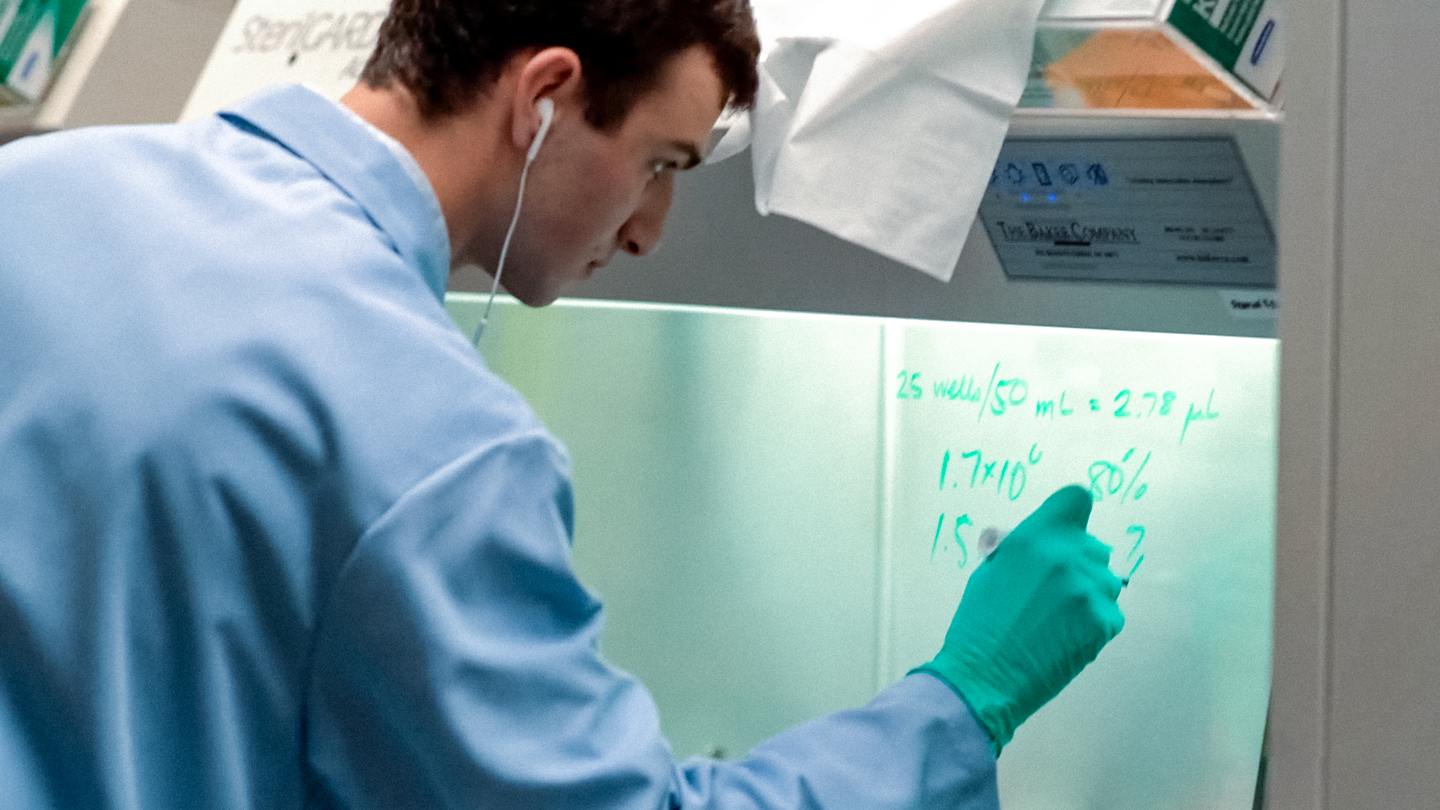Stem cells that have the potential to develop into any type of cell in the body are called pluripotent. Pluripotent stem cells arise naturally in the early stages of embryonic development. Induced pluripotent stem (iPS) cells are adult cells that have been reprogrammed to take on the properties of embryonic cells.

Scientists at Gladstone use iPS cells to better understand, prevent, treat, and cure some of the world’s most devastating diseases.
Gladstone strategically built a diverse community of scientific and clinical experts whose mission is to make groundbreaking scientific discoveries and bring these advances to the clinic. With expertise in stem cell biology, medicine, chemistry, and engineering, Gladstone is uniquely positioned to tackle complex problems from various angles with a highly collaborative, team-based approach.
The Roddenberry Stem Cell Center is an international powerhouse in stem cell research. Established in 2011 with a gift from the Roddenberry Foundation in honor of Eugene Roddenberry, the creator of Star Trek, the center operates with a vision of disrupting basic and translational stem cell science.
The Roddenberry Stem Cell Center provides resources for the Gladstone community to pursue new biomedical discoveries and conduct the rigorous testing needed to translate their most promising findings to the clinic. IPS cells provide unparalleled insight into genetic diseases, empower personalized medicine, and may someday be used to generate tissues and organs for transplantation. The efforts of the Roddenberry Stem Cell Center help Gladstone scientists unlock this tremendous potential of stem cells to advance human health and transform the treatment of disease.
Scientific Areas of Focus
- Induced pluripotent stem cells
- Direct cellular reprogramming
- Reprogramming through chemical biology
- Modeling human disease
- Tissue engineering
Disease Applications
Amyotrophic lateral sclerosis (ALS)
Alzheimer’s disease
Cardiovascular disease
Diabetes
Huntington’s disease
Liver failure
Macular degeneration
Parkinson’s disease
Spinal cord injury

